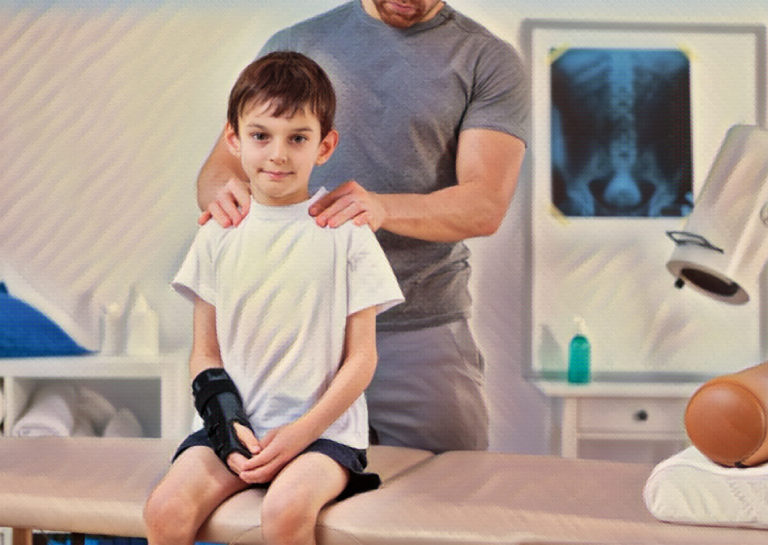Overview
Scoliosis is a condition that affects the spine and causes it to curve to the side. This condition is most commonly diagnosed in children during their growth spurt and can lead to serious health issues if left untreated. Scoliosis can be classified into two types: idiopathic scoliosis (the cause is unknown) and neurogenic scoliosis (caused by nerve damage). In this article, we will explore the symptoms, causes, treatment, and prevention of scoliosis in children.
Symptoms
Scoliosis can be difficult to detect in its early stages, as the symptoms may not be noticeable at first. However, some of the most common symptoms of scoliosis in children include:
- Uneven shoulders or hips
- A curved spine
- Back pain
- Fatigue or muscle weakness
- Reduced flexibility or mobility
- An asymmetrical waist or rib cage
- One shoulder blade appearing higher than the other
If your child is experiencing any of these symptoms, it is important to seek medical attention to determine if they have scoliosis.
Causes
The exact cause of scoliosis is unknown, but there are several factors that may contribute to its development. Some of the most common causes of scoliosis in children include:
- Idiopathic scoliosis: This is the most common type of scoliosis and occurs without a known cause. It is believed to be caused by a combination of genetic and environmental factors.
- Neurogenic scoliosis: This type of scoliosis is caused by nerve damage and is most commonly seen in children with conditions such as cerebral palsy or muscular dystrophy.
- Congenital scoliosis: This type of scoliosis is present at birth and is caused by a problem with the spinal bones that develops before birth.
- Degenerative scoliosis: This type of scoliosis occurs later in life as the spine begins to degenerate and can cause the spine to curve.
Treatment
The treatment for scoliosis in children will depend on the severity of the condition and the underlying cause. Some of the most common treatments for scoliosis in children include:
- Observation: If the curve is mild, the doctor may recommend observation and periodic check-ups to monitor the progression of the curve.
- Bracing: If the curve is moderate, the doctor may recommend a brace to prevent it from getting worse. The brace is worn for several hours a day and is most effective when used early in the progression of the condition.
- Surgery: If the curve is severe or if the child has a progressive condition, surgery may be recommended to correct the curve and prevent further damage to the spine
Prevention
While there is no known way to prevent scoliosis, there are steps that you can take to minimize your child’s risk of developing this condition. Some of the most effective prevention measures include:
- Maintaining good posture: Encourage your child to maintain good posture by sitting up straight and walking tall.
- Engaging in physical activity: Encourage your child to engage in physical activity, such as sports or exercise, to strengthen their muscles and improve their posture.
- Avoiding excessive screen time: Excessive screen time can contribute to poor posture, so encourage your child to take breaks from their screens and move around regularly.
Citations
- American Academy of Orthopaed
